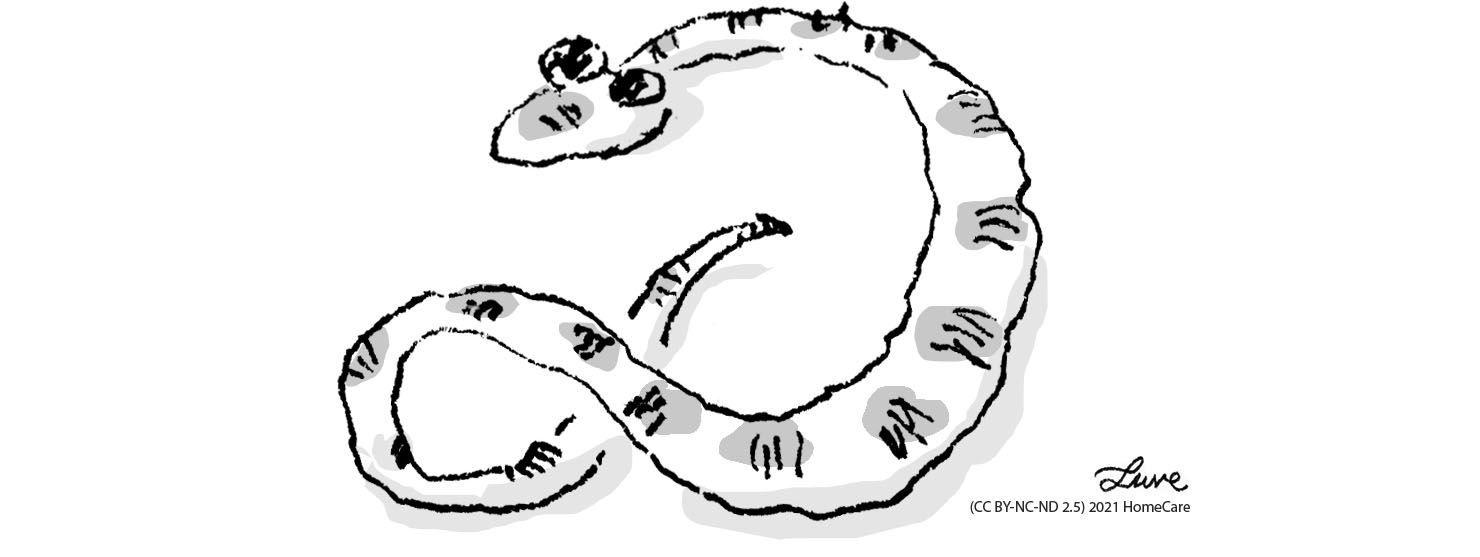
Vitamin D plays a vital role in human health. Low levels of vitamin D can drastically impact a person’s physical and mental well-being. Vitamin D deficiency has been linked to various health problems, including cognitive decline, depression, osteoporosis, cardiovascular disease, hypertension, diabetes, and cancer. As persons age, the risk for vitamin D deficiency significantly increases. Adults older than 70 need more calcium to help maintain bone health than they did in their younger years. To meet these needs, select for the older person calcium-rich foods and beverages.
Vitramin D
The main role in maintaining the body’s demand for vitamin D is its production in the skin from 7-dehydrocholesterol, under the influence of UVB radiation with a wavelength of 290-315 mm. In this way, saturated vitamin D can cover up to 90% of the body’s needs.
Without adequate exposure to sunlight, it is almost impossible to achieve sufficient levels of vitamin D from nutritional sources.
The diet provides small amounts of vitamin D. The greatest amounts are in fish oil and such products as: milk, egg yolk, liver, salmon, sardines, herring, tuna, etc. Vitamin D is present in trace amounts in plant foods. Therefore, vitamin D supplementation is suggested by many experts as a safe and cost-effective alternative to treating vitamin D deficiency, also for the elderly.
The recommended dose of vitamin D for the elderly (depending on body weight and dietary vitamin D supply) throughout the year is: 600 IU for people under 71 years of age and 800 IU for people 71 years of age and older.
The several ways to attain vitamin D benefits:
![]() Sunshine is one of the best natural sources of vitamin D. Take an afternoon walk with the senior, or invest in a UV lamp for colder months
Sunshine is one of the best natural sources of vitamin D. Take an afternoon walk with the senior, or invest in a UV lamp for colder months
![]() One tablespoon of cod liver oil supplements 170% of daily vitamin D
One tablespoon of cod liver oil supplements 170% of daily vitamin D
![]() Four or five sliced white mushrooms make up half of the needed vitamin D intake
Four or five sliced white mushrooms make up half of the needed vitamin D intake
![]() 85 gram of cooked salmon account for more than 80% of necessary vitamin D
85 gram of cooked salmon account for more than 80% of necessary vitamin D
![]() A cup of milk, which is fortified with vitamin D, contains 20% of the daily recommended vitamin D value
A cup of milk, which is fortified with vitamin D, contains 20% of the daily recommended vitamin D value
Calcium
The National Osteoporosis Foundation (https://www.nof.org/) recommends that the dietary intake of an elderly person should be 1200 mg per day, while not exceeding this amount, as it does not have additional health benefits and may increase the risk of kidney stones, cardiovascular diseases and strokes.
Try that the older person eat three servings of low-fat or fat-free dairy products each day. Other sources of calcium include fortified cereals and fruit juices, dark green leafy vegetables, canned fish with soft bones, and fortified plant-based beverages.
Calcium boosters – here are some foods that can help boost the calcium intake:
At breakfast times
![]() Mix your oatmeal with milk instead of water
Mix your oatmeal with milk instead of water
![]() Top your breakfast cereal with creamy fruit yogurt
Top your breakfast cereal with creamy fruit yogurt
![]() For a refreshing morning drink, blend together milk, yogurt, banana slices, or berries. Make it dairy-free with soy milk or calcium fortified orange juice
For a refreshing morning drink, blend together milk, yogurt, banana slices, or berries. Make it dairy-free with soy milk or calcium fortified orange juice
At meal times
![]() Make sandwiches with calcium-fortified bread, add a slice of cheese for even more calcium
Make sandwiches with calcium-fortified bread, add a slice of cheese for even more calcium
![]() Use canned salmon in place of tuna in sandwich spreads or fillings
Use canned salmon in place of tuna in sandwich spreads or fillings
![]() Dress up soups and salads with a sprinkle of parmesan cheese
Dress up soups and salads with a sprinkle of parmesan cheese
![]() Dilute cream based soups with milk instead of water
Dilute cream based soups with milk instead of water
![]() Toss your favorite pasta and vegetables with a creamy sauce made with ricotta cheese, milk, and fresh herbs
Toss your favorite pasta and vegetables with a creamy sauce made with ricotta cheese, milk, and fresh herbs
Snack ideas
![]() Make a dip for fresh vegetables with plain yogurt blended with your favorite herbs or a dip mix
Make a dip for fresh vegetables with plain yogurt blended with your favorite herbs or a dip mix
![]() Keep easy to eat calcium-rich snacks such as string cheese, pudding and yogurt cups close by
Keep easy to eat calcium-rich snacks such as string cheese, pudding and yogurt cups close by
![]() Melt cheese on a soft tortilla and top with salsa for a spicy snack
Melt cheese on a soft tortilla and top with salsa for a spicy snack
Back Next
![]()
Nutrition for the elderly:36% complete
